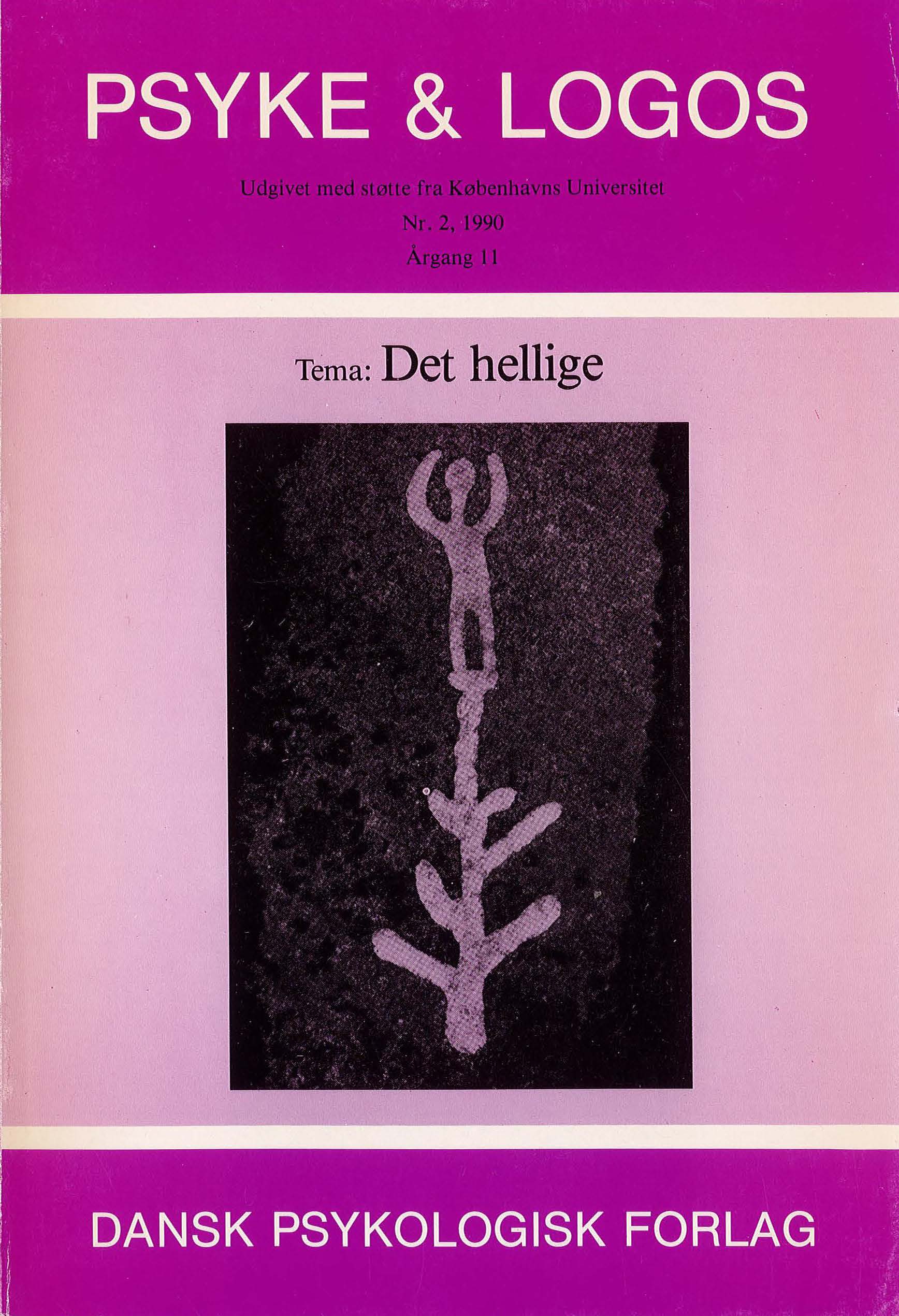Stone, man and the sun
A non-representable totality
DOI:
https://doi.org/10.7146/pl.v11i2.135343Resumé
George Lakoff (1987) provided the original source of inspiration with the notion that the very different and strange ways in which people categorise their universe must reflect something about the nature of the human mind. It occured to me that this notion, given a certain degree of imagination, could be extended to a conceptualisation of man in terms of relationships,
meaning and embodiment. Having invented this framework the paper tries to develop the concepts of relationship
and meaning exploring certain perspectives from the history of ideas and art. In this context a number of different discourses have been introduced such as the question of singularity and boundaries, the theme of multiphlicity and unity, the truth of impermanence, the problem of subjectivity and the philosophy of dualism, the language of art and architecture
as exponents of ambiguity and timelessness, the notions of beauty and finality, the neoplatonic notion of the absolute, etc. What emerged finally as the ultimate conceptualisation of man's relationship to the world was the notion of a non-representable totality. It is suggested that this notion has an ontological existence relating to its non-instrumental status. As a meta-regulative principle it
would imply the dissolution of thc transcendental cogito and the emergence of what I would like to describe as freedom. Hence one might attribute the concept of the sacred to this notion of a non-representable totality.
Downloads
Publiceret
Citation/Eksport
Nummer
Sektion
Licens
Ophavsret er tidsskriftets og forfatternes. Det er gældende praksis, at artikler publiceret i Psyke & Logos, som efterfølgende oversættes til andet sprog, af forfatteren frit kan publiceres i internationale tidsskrifter, dog således at det ved reference fremgår, at den oversatte artikel har et forlæg i en dansksproget version i Psyke & Logos. Artikler kan frit deles og linkes til på forsknings- og undervisningsnetværk (så som Blackboard). Link foretrækkes, fordi det giver oplysning om brug af tidsskriftets artikler.




